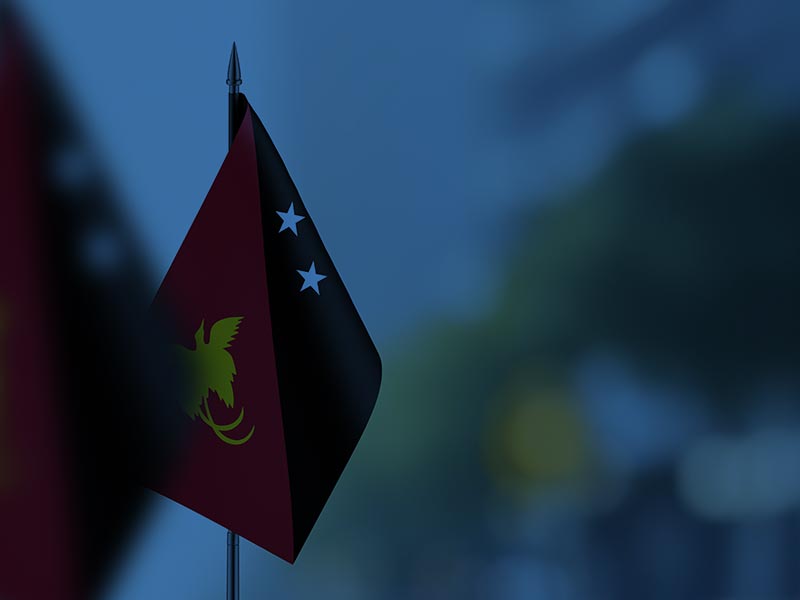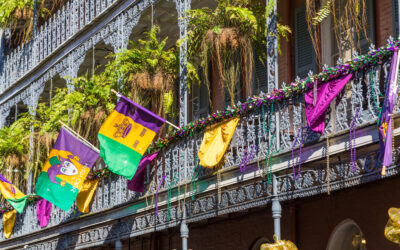Papua New Guinea (PNG) is home to over 800 languages, making it one of the most linguistically diverse countries in the world. This extraordinary variety accounts for nearly 12% of the world’s languages, with a population of around 9 million people. The languages are primarily divided into two groups: Austronesian and Papuan.
Austronesian languages, found mainly in coastal regions, include widely spoken languages like Tolai and Motu. These languages typically feature simpler grammatical structures, often adhering to a subject-verb-object (SVO) word order. Hiri Motu, for example, was developed as a trade language and is characterized by its accessibility.
In contrast, Papuan languages, predominantly spoken in the interior highlands, are highly diverse and do not belong to a single family. Languages such as Enga and Huli exhibit complex grammatical systems, including intricate verb conjugations and multiple noun classes. Some Papuan languages are also tonal, where pitch variations can change word meanings.
Additionally, Tok Pisin, a creole language derived from English, serves as a lingua franca and one of PNG’s official languages. While it simplifies many aspects of English, it incorporates indigenous vocabulary, reflecting the country’s rich cultural tapestry and linguistic heritage.
Related Articles
The Origins of Mardi Gras—A Carnival of Celebration
Mardi Gras, with its vibrant parades and masked revelry, is a festive tradition with roots in medieval Europe. French for “Fat Tuesday,” the celebration originated as a way to indulge before the...
The History of the Fountain Pen—Writing Revolutionized
The fountain pen, a staple of elegance and practicality, has a history rooted in the quest for smoother writing. Before its invention, writing instruments like quills required constant dipping in...
The History of Hot Air Balloons—Taking Flight Before Planes
Hot air balloons, the earliest form of human flight, have a history as colorful as the skies they grace. The first successful balloon flight took place in France in 1783, when the Montgolfier...





